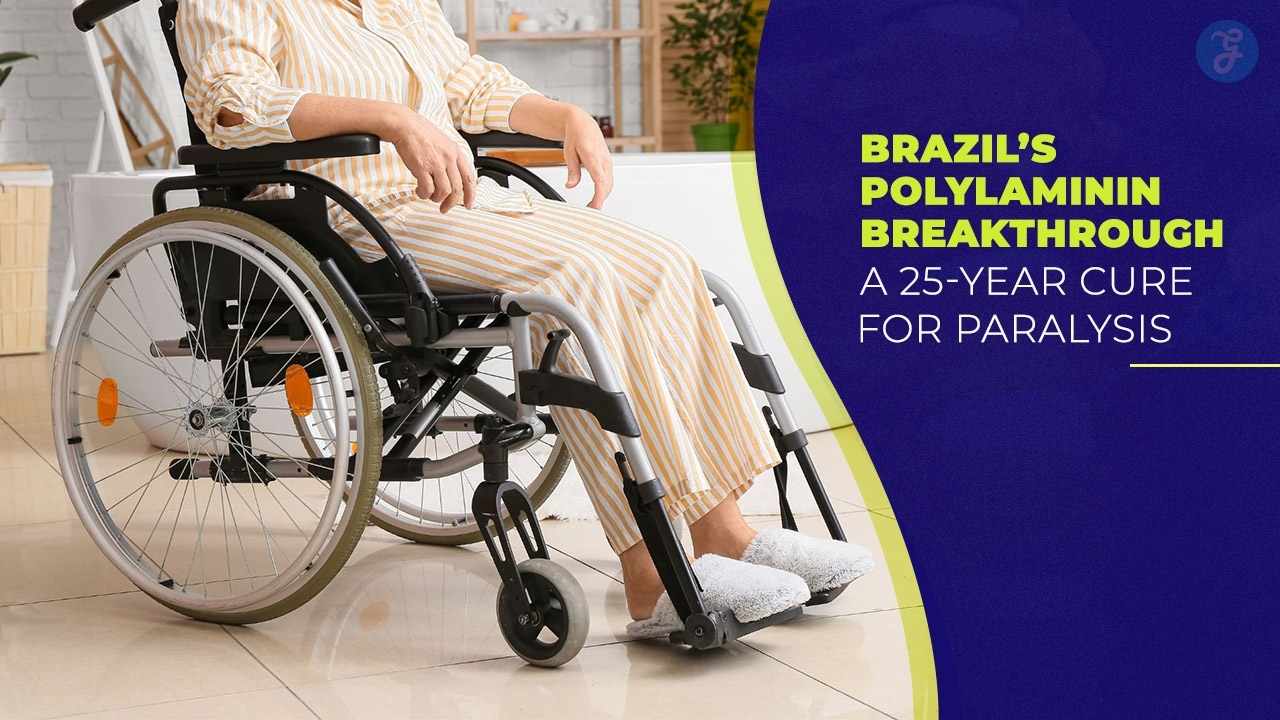Listen to the Podcast:
When it comes to personal injury cases, an individual’s status as a plaintiff or defendant can be just as important as the amount of harm they’ve incurred. One of the more common aspects of these cases is comparative negligence. In many states, if a plaintiff is partially responsible for an accident or injury, they can only recover a percentage of their damages based on the degree of their own negligence. In some cases, plaintiffs have had to pay their own legal fees and those of the defendant if they are found to be partially liable for a case.
Comparative negligence is not the same as comparative fault. In comparative fault, the plaintiff and defendant are judged based on the degree to which their actions contributed to the accident or injury. Each party is held responsible for a percentage of their legal fees and damages if they are found to be at least partially negligent. Comparative negligence does not focus on what roles each party played in causing an accident or injury but rather on how much of a role each played in determining the number of damages that were paid.
What is Comparative Negligence?
Comparative negligence is a legal principle that assigns responsibility for damages or injuries in a lawsuit based on the degree of fault of each party involved. It applies in situations where more than one person is partially responsible for an accident or injury. Under comparative negligence, each party is assigned a percentage of fault based on their actions or inactions that contributed to the accident or injury. The amount of damages awarded to the plaintiff is then reduced by their percentage of fault. For example, if a couple rear-ends a car and the wife was driving 100 mph but was only 10 mph over the speed limit, then she is only partially responsible and will only be responsible for 90% of the damages. The husband would pay 10% of the damages.
In many states, plaintiffs who are found to be at least partially negligent in personal injury cases cannot recover their attorney’s fees. However, in some cases, taxpayers may have to pay these fees instead. Comparative negligence was originally created to address the inadequacies inherent in a system that assumes full responsibility for damages and injuries.
History of Comparative Negligence
The history of comparative negligence can be traced back to the early 19th century when courts in the United States began to adopt the principle of contributory negligence. Under this principle, if a plaintiff was even partially at fault for an accident or injury, they were barred from recovering any damages from the defendant. However, contributory negligence was criticised for being harsh and inflexible, especially in situations where the plaintiff’s fault was minor or did not contribute significantly to the accident. As a result, courts began to develop the concept of comparative negligence as a more equitable alternative.
Over the years, different states in the United States adopted varying forms of comparative negligence, with some adopting pure comparative negligence and others adopting modified comparative negligence.
Comparative Negligence vs. Contributory Negligence
Comparative negligence and contributory negligence are not equal. Comparative negligence is more lenient and more flexible. In most cases, a plaintiff who is found to be merely 10% at fault under comparative negligence will only be responsible for 90% of the damages they have to pay. If they are found to be 65% at fault, they will only be responsible for 65% of the damages. Comparatively, a party found to be even 1% at fault under contributory negligence will be barred from recovery in most cases. However, contributory negligence does hold a party responsible for damages even if that party is merely 1% at fault.
Comparative negligence has been used in the United States since the early 19th century and has been used in more than two dozen states. Originally developed as a way to fairly compensate people who have suffered accidents or injuries, comparative negligence has also come to have benefits that go far beyond compensating victims.
How Does Comparative Negligence Affect Victims of Accidents?
Comparative negligence can have both positive and negative effects on victims of accidents, depending on the specific circumstances of their case. On the positive side, comparative negligence allows victims to recover damages even if they are partially at fault for the accident. This means that victims can still receive compensation for their injuries and losses, even if they made a mistake or acted negligently to some degree. In addition, comparative negligence can also provide a more fair and equitable distribution of responsibility for the accident or injury. It takes into account the actions and negligence of all parties involved and assigns fault and damages proportionately. This can help prevent situations where victims are unfairly blamed for an accident or where defendants are held fully responsible even when the victim contributed to the accident.
However, on the negative side, comparative negligence can also result in a reduction in the number of damages that victims can recover. If the victim is found to be partially at fault for the accident, their damages will be reduced by their percentage of fault. This means that victims may receive less compensation than they would have if they were not at fault at all. Overall, the effects of comparative negligence on victims of accidents will depend on the specific circumstances of their case. However, it is generally considered to be a fair and equitable principle for determining liability in situations where multiple parties are at fault for an accident or injury.
In Conclusion
Comparative negligence is a legal principle used to determine liability in situations where multiple parties are partially responsible for an accident or injury. Under comparative negligence, each party is assigned a percentage of fault based on their actions or inactions that contributed to the accident or injury. The amount of damages awarded to the plaintiff is then reduced by their percentage of fault.
Comparative negligence is a more flexible and fair alternative to the older legal principle of contributory negligence, which barred the plaintiff from recovering any damages if they were found to be even partially at fault for the accident or injury.






































